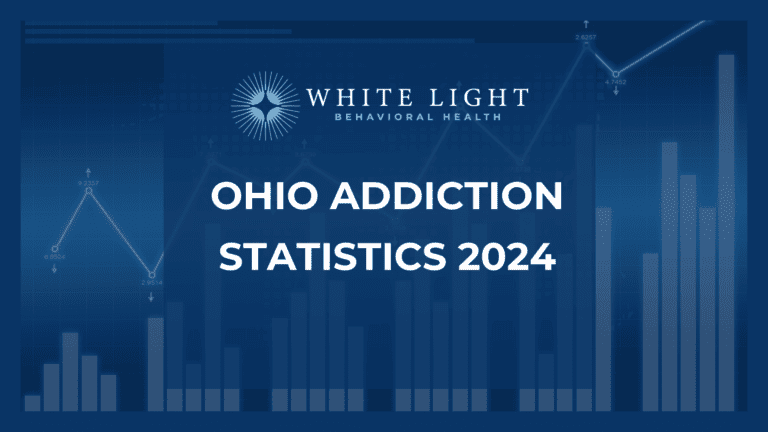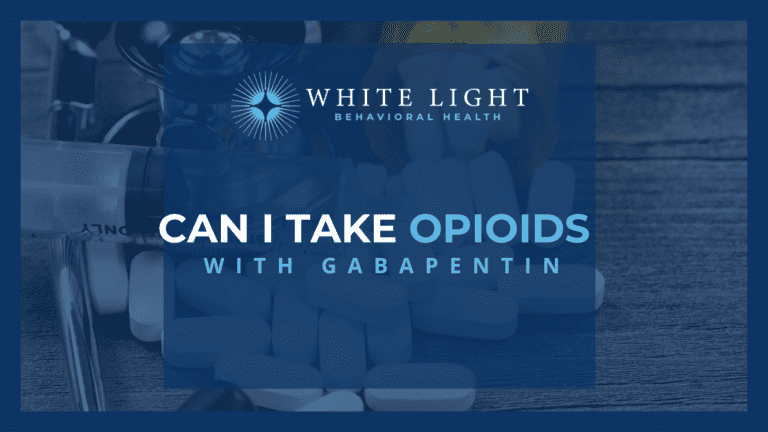
At White Light our Residential Rehab Center offers a comprehensive, compassionate approach to recovery, blending evidence-based treatments with a supportive community environment. Tailored to meet the unique needs of each client, our program is designed to foster lasting change, empowering individuals to rebuild their lives on the foundation of sobriety.
For those with severe addiction and substance use disorders, it is recommended to take part in a long-term residential program. Clients in long-term drug rehab typically stay at the treatment facility overnight or at least adhere to a strict schedule set by the facility for several months. This gives people a place to rest, rejuvenate, and study their bodies and minds in peace before returning to the outside world.
Those completing a long-term residential program can go back to places where they know how to stay safe despite the ready availability and easy access to illegal substances. There is no way for someone to acquire the necessary emotional and physical support to recover from detox and addiction without being under constant supervision in a treatment center. This benefit comes at the cost of having to spend a lot of time away from one’s normal environment and main sources of comfort and stability.
What Is Residential Rehab

Who Needs Residential Treatment In Columbus, Ohio
- Residential treatment at White Light is designed for individuals who require a structured, immersive environment to address and recover from substance abuse, mental health disorders, or co-occurring conditions. This level of care is particularly beneficial for those who:
- Have not found success with outpatient treatment modalities and need a more intensive approach.
- Experience significant impairment in their daily functioning due to substance use or mental health issues.
- Require a safe and supportive environment to detox and begin the recovery process, away from the triggers and stressors of their usual environment.
- Benefit from 24/7 medical supervision and access to psychiatric care to manage withdrawal symptoms, medication, and any co-occurring mental health conditions.
- Are looking for a comprehensive treatment program that includes a blend of evidence-based therapies, holistic approaches, and specialized care for co-occurring disorders.
- Need a structured schedule that provides a balance of therapy, recreational activities, and rest, all aimed at promoting recovery and personal growth.
Individuals who may particularly benefit from White Light’s Residential Treatment Program often display attributes or behaviors such as:
- Persistent substance use despite negative consequences to health, work, or relationships.
- Withdrawal symptoms when attempting to quit or reduce use.
- Difficulty managing daily responsibilities due to substance use or mental health symptoms.
- History of relapse, indicating the need for a more supportive and controlled environment to maintain sobriety.
- Co-occurring mental health disorders such as depression, anxiety, or PTSD, which complicate substance use treatment.
- Social isolation or lack of a supportive network, requiring the community and connection that residential treatment provides.
At White Light, we understand that the decision to enter residential treatment is significant. Our program is designed to meet individuals where they are in their recovery journey, providing the tools, support, and care needed to achieve long-term wellness and sobriety.

What Is Our Approach To Residential Rehab In Columbus, Ohio
- At White Light Behavioral Health, our residential rehab program is centered around the belief that recovery encompasses both physical and mental transformation. Clients are immersed in an intensive treatment experience that includes:
- Psychotherapy: At the core of our treatment model is psychotherapy, provided by experienced and compassionate therapists. This includes cognitive-behavioral therapy (CBT), dialectical behavior therapy (DBT), and other evidence-based modalities aimed at addressing the psychological aspects of addiction and mental health disorders.
- Individual Therapy: Personalized sessions with experienced therapists help clients uncover the root causes of their addiction, addressing underlying issues and fostering personal growth.
- Group Therapy: Group sessions provide a platform for sharing experiences and challenges, offering mutual support and building a sense of community among residents.
- Family Therapy: Understanding the impact of addiction on families, we facilitate family therapy sessions to repair relationships, improve communication, and involve loved ones in the recovery process.
- Medication Management: For those clients whose treatment includes pharmacotherapy, our psychiatric professionals provide comprehensive medication management services. This includes initial assessments, ongoing monitoring, and adjustments to ensure the most effective and safe use of medication as part of the overall treatment plan.
Holistic Approaches and Specialized Care
- Embracing the complexity of addiction and mental health issues, White Light enriches our residential rehab program with holistic therapies and specialized care, aimed at nurturing the whole person:
- Holistic Therapies: We encourage participation in activities such as yoga, meditation, and art therapy. These practices are integrated with traditional treatment methods to promote overall well-being, offering effective tools for stress and anxiety management.
- Physical Fitness: Recognizing the vital role of physical health in recovery, our facility features workout equipment, an outdoor volleyball court, and a large field for various outdoor activities, emphasizing exercise as a key component of stress relief and mental health.
- Specialized Care for Co-occurring Disorders: Our approach to dual diagnosis treatment is comprehensive, addressing both addiction and any co-occurring mental health conditions with a coordinated strategy that ensures a holistic recovery experience.

The Supportive Community at White Light
The sense of community at White Light Behavioral Health is a cornerstone of our Residential Rehab Program. Living and recovering alongside peers provides a unique support system that encourages sharing, empathy, and understanding. This community experience reinforces the message that no one is alone in their journey to recovery, fostering an environment of mutual respect and encouragement.
Accessing Our Residential Rehab Program
Frequently Asked Questions About Residential Rehab In Ohio
How long is the Residential Rehab Program?
The duration of the program varies based on individual needs and progress, typically ranging from 30 to 90 days. Our team works with each client to determine the optimal length of stay.
What can I bring to the residential rehab?
Upon admission, clients receive a comprehensive list of what to bring to ensure comfort and compliance with our program guidelines. Personal items, clothing, and certain personal care products are generally allowed.
Is aftercare part of the treatment plan?
Yes, aftercare planning is an integral part of our program. We provide resources, ongoing therapy options, and support group recommendations to support clients in their continued recovery after leaving the residential setting.
Can family members visit during treatment?
Family involvement is encouraged, with specific visiting hours and family therapy sessions designed to integrate loved ones into the recovery process.



